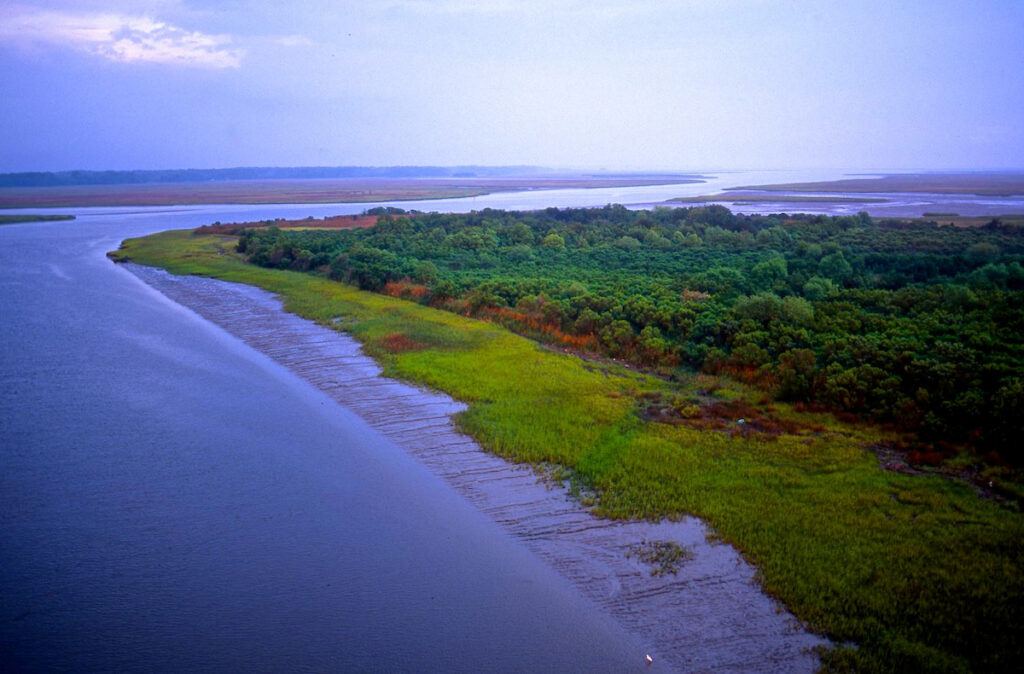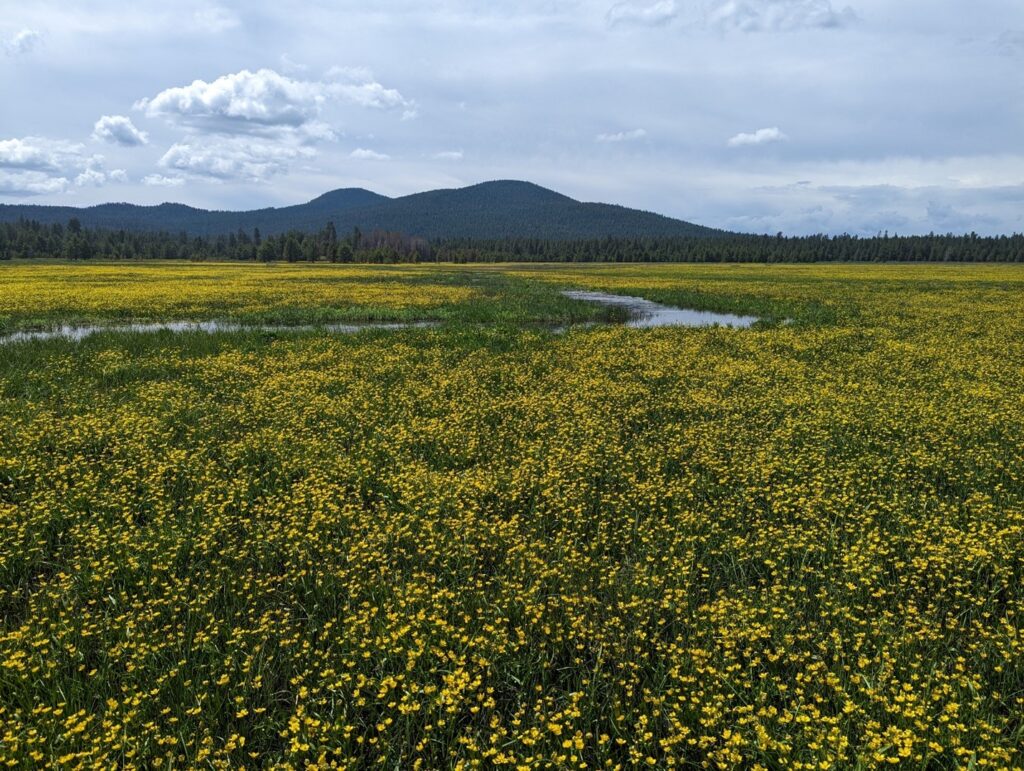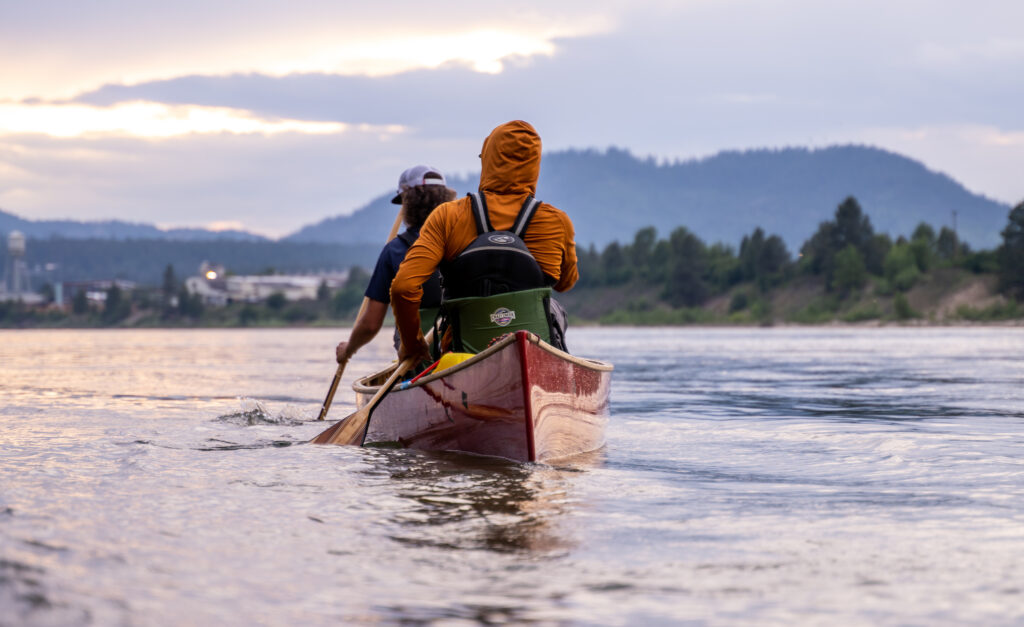Sea level rise highlights need for wetland protection
This is a Letter to the Editor of the Coastal Observer written by Becky Ryon, Coastal Conservation League Peter Raabe, American Rivers Lyles Cooper, Pee Dee Land Trust Zach Bjur, Conservation Voters of SC Amy Armstrong, SC Environmental Law Project Rick Savage, Carolina Wetlands Association

To the editor:
Humans are equipped with all manner of technology to mitigate issues these days, much of it to the great benefit of society. Medical technology saves and prolongs lives. Meteorological technology allows us to predict hurricanes, earthquakes and other natural disasters and get people out of harm’s way before they strike. And of course there are many more examples, but there are limits to how we can manipulate our natural surroundings to accommodate our existence on this Earth. There are some things mother nature has created that we simply cannot use technology or engineering prowess to work around.
A prime example: the wetlands that protect people and property from flooding after storms and as sea levels rise as a result of climate change, in addition to providing important habitat values and functions. And, based on a report out this week from the International Panel on Climate Change, these types of impacts will only worsen unless and until we can reverse the trend. More local to coastal South Carolina, it has been scientifically shown that these wetland areas can hold flood waters from large rain events that occur as far upstream as from North Carolina watersheds. Such historic storm events – combined with rising sea level and a higher tidal cycle over time – can be potentially detrimental to our flood vulnerable coastal communities. These flood waters need a place to be stored. In the meantime, we’ll have to plan for and adapt to the changes we can no longer avoid.
Wetlands are nature’s “sponge” that help soak up water from rain and storm events. They absorb and retain excess water until levels recede, serving as a natural flood protection buffer that saves lives, saves homes and businesses, and saves transportation infrastructure. When we think we can outsmart mother nature, that’s when we go wrong – that’s when people and property are harmed, and when our state incurs exorbitant recovery and rebuilding costs.
To respect South Carolina’s wetlands and the appropriate buffers around them is to respect our people. Our region is fortunate to have a bounty of recreational areas that attract visitors and new residents to our state in high numbers, but we must be cautious not to let that fortune become a misfortune. If we continue to build and pave over the wetlands that are here to protect us, expecting that engineering technology can replace these natural systems, we will be making a choice to put people in harm’s way. And we will lose to mother nature every time. The water must go somewhere and, if there are no wetlands to absorb it, then we can expect to find it in our living rooms, shopping malls, and churches – a devastating repeat occurrence that many of our low-lying communities have already experienced.
The northeastern South Carolina coast has a front row seat to how rising sea levels and increased and exacerbated storms are already reshaping the landscape and impacting our people. Let’s leverage that visibility of the climate crisis to inform development decisions that will keep those on the frontlines safe and preserve our coastal communities for generations to come. Let’s demand that our elected officials enact ordinances that give a measure of protection to the natural systems that keep us all safe and add to our quality of life.



